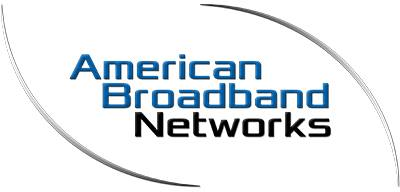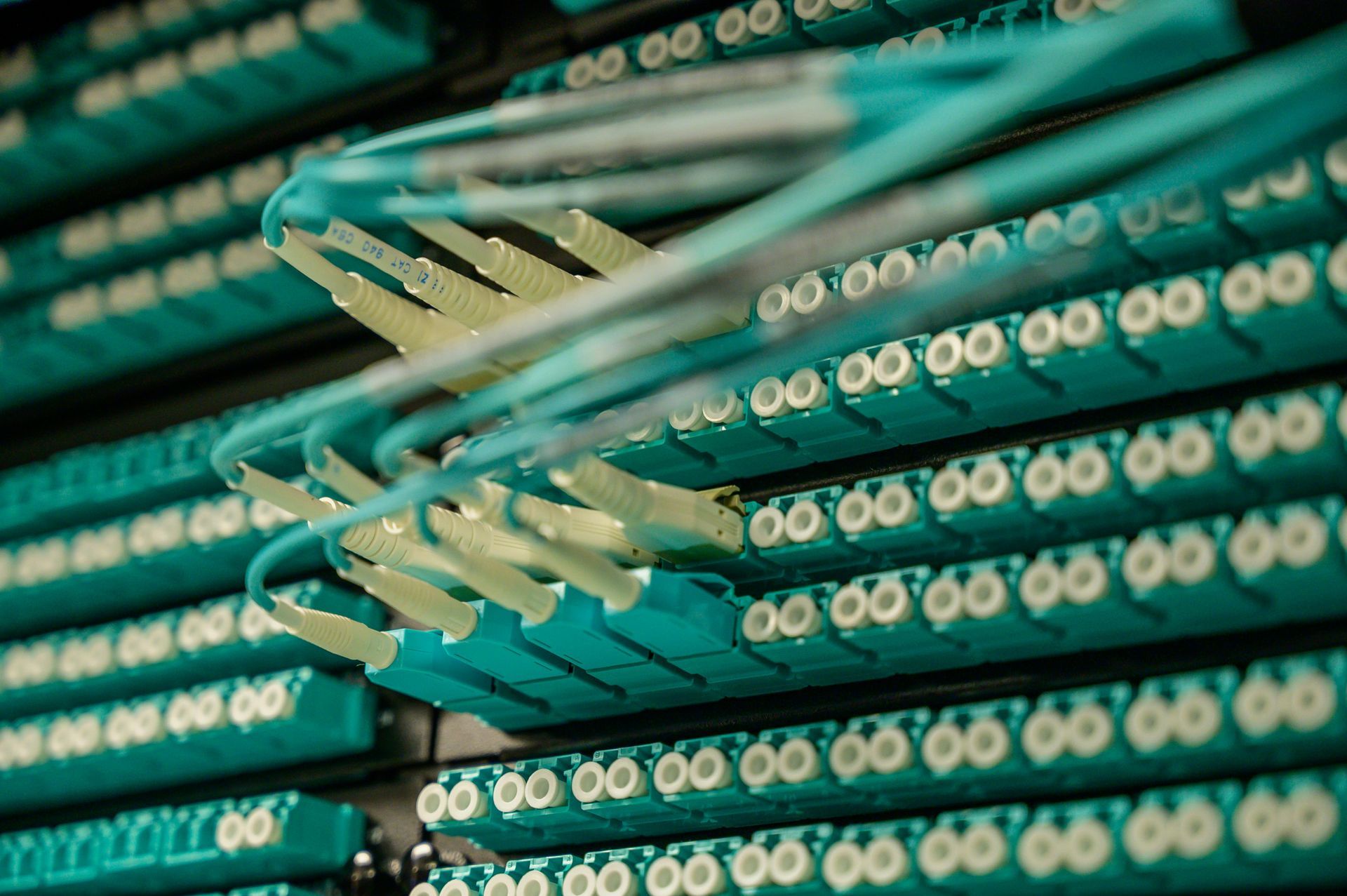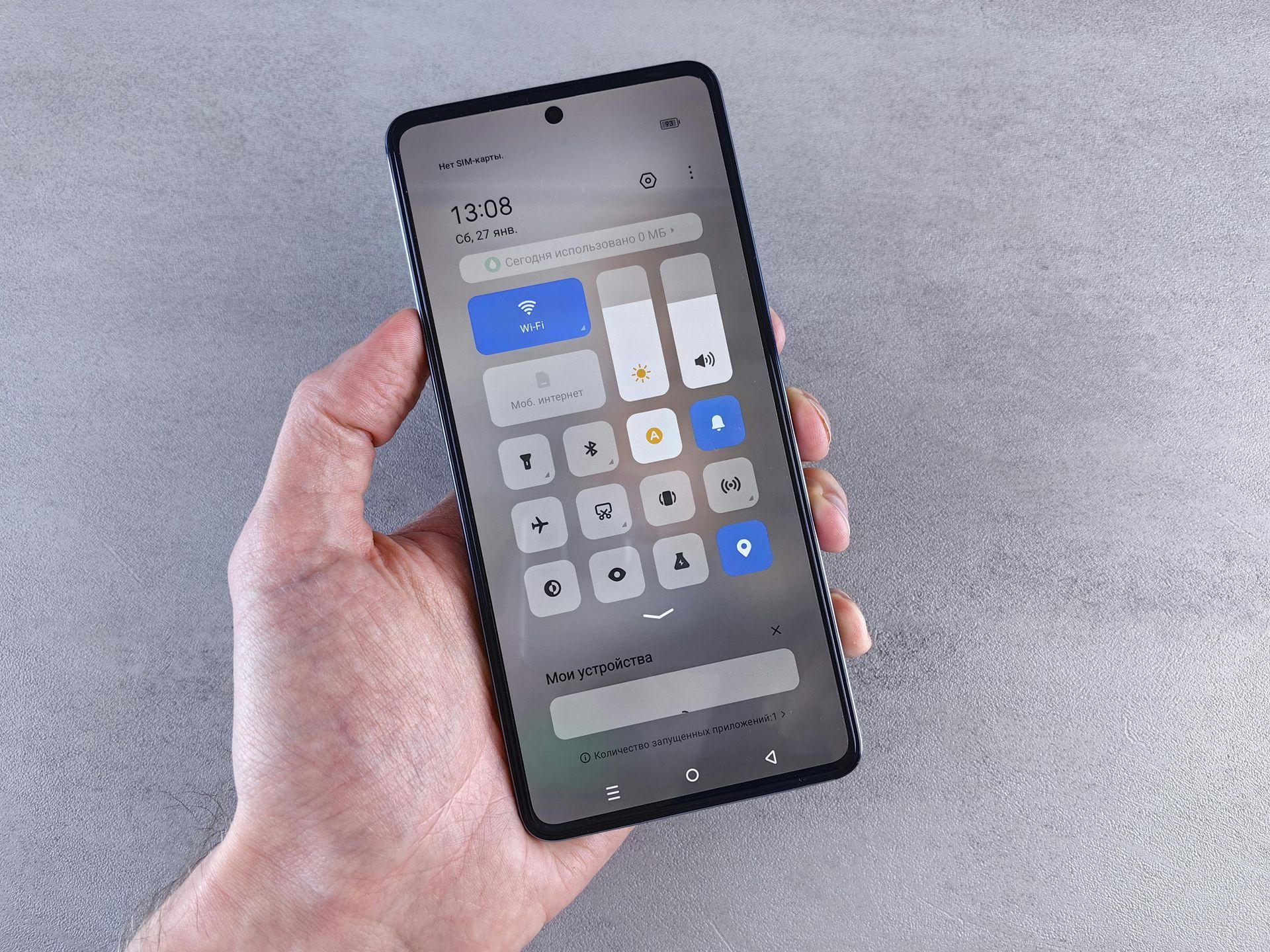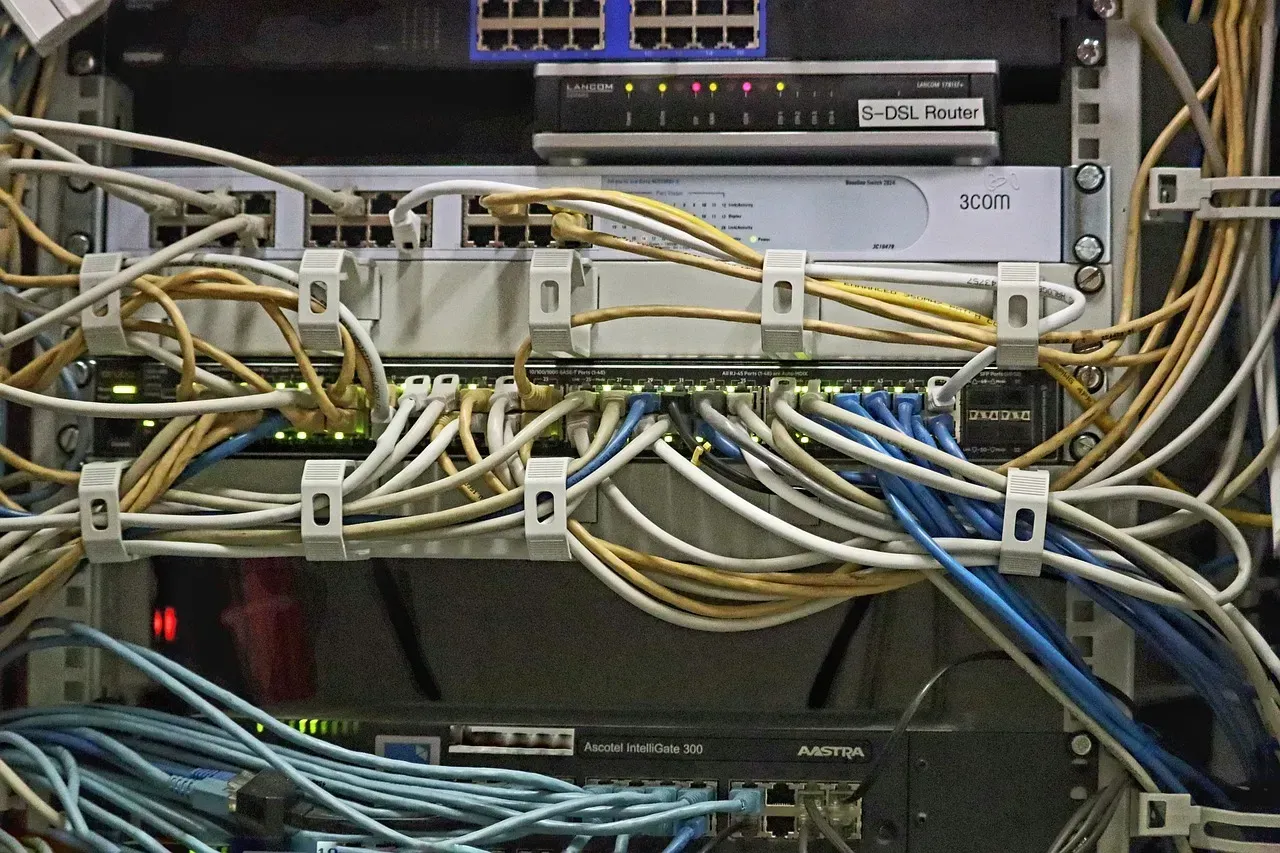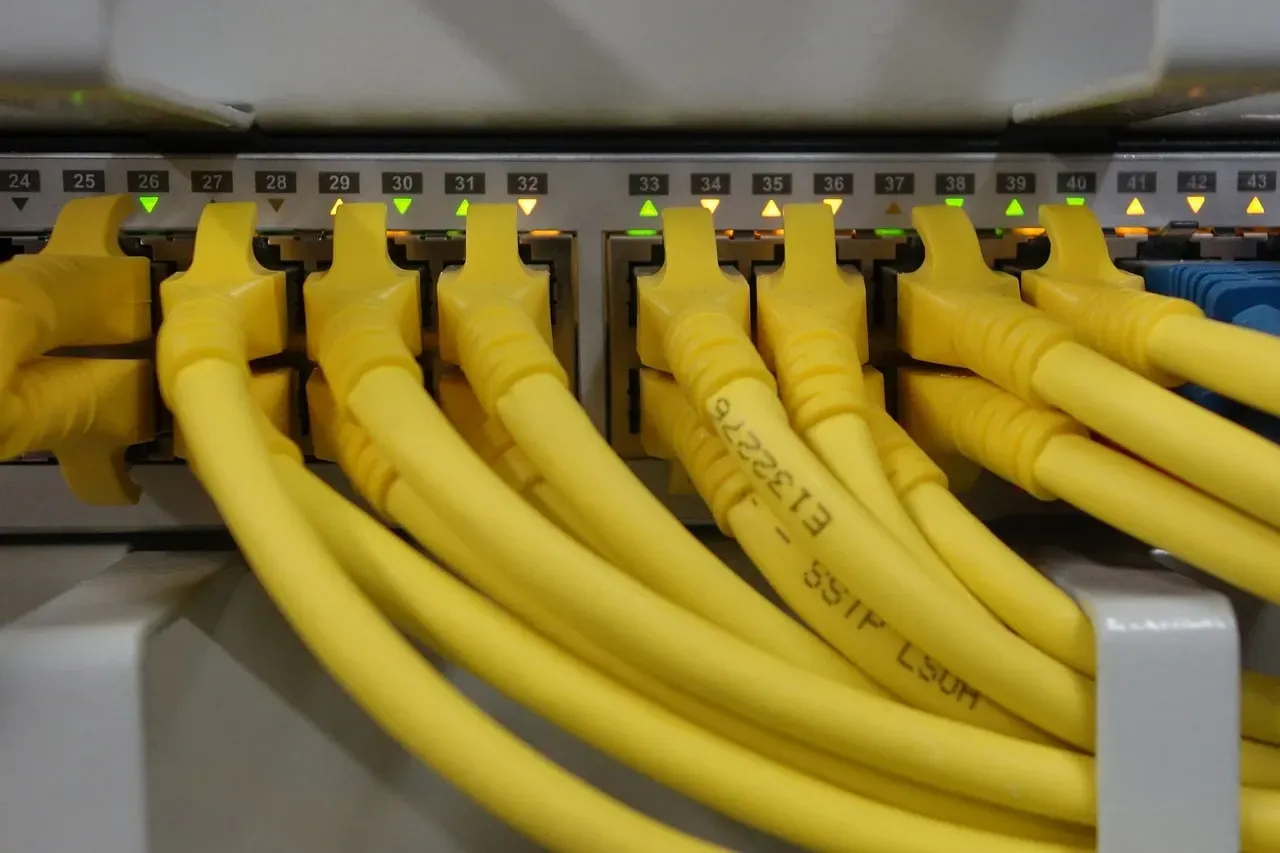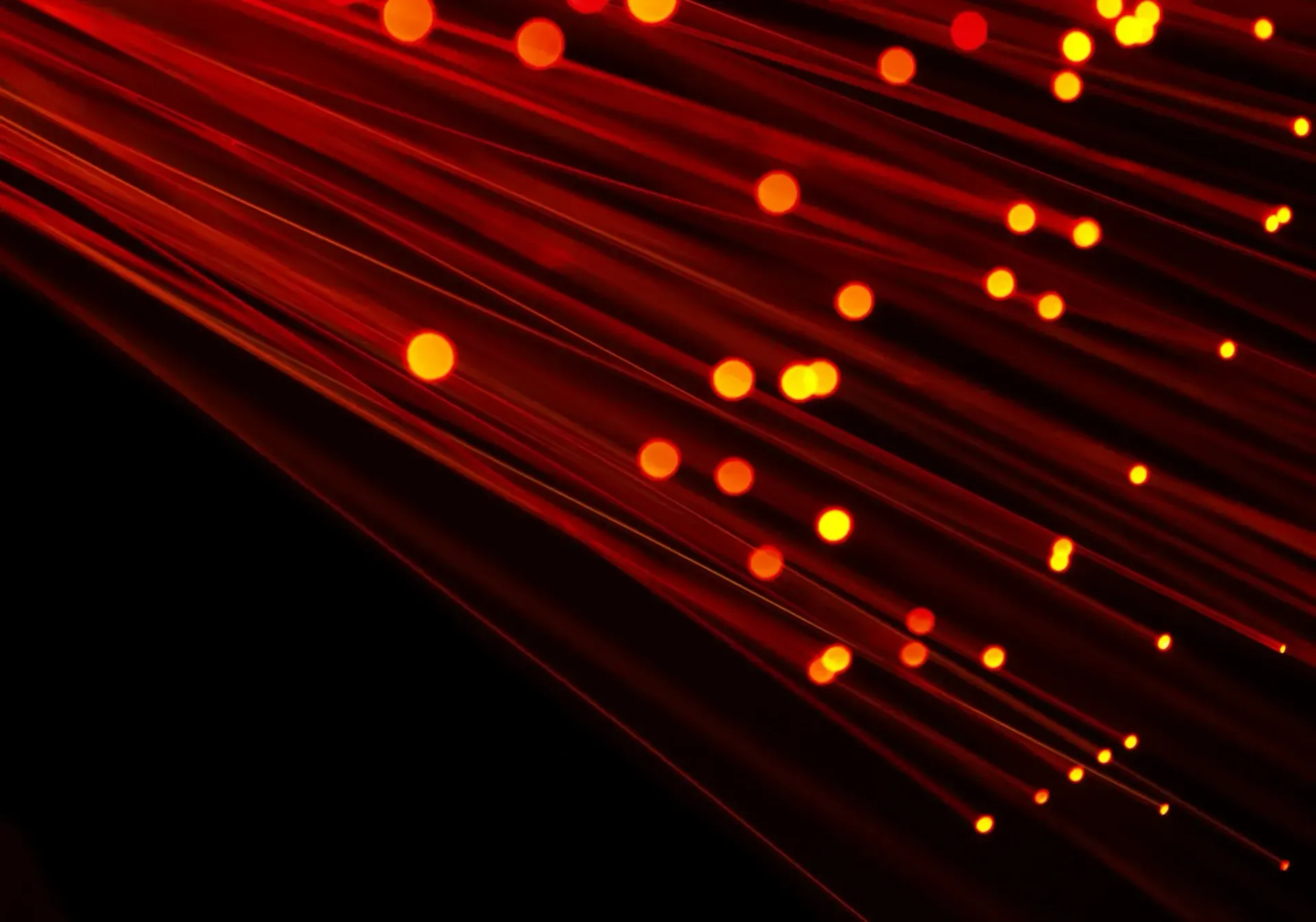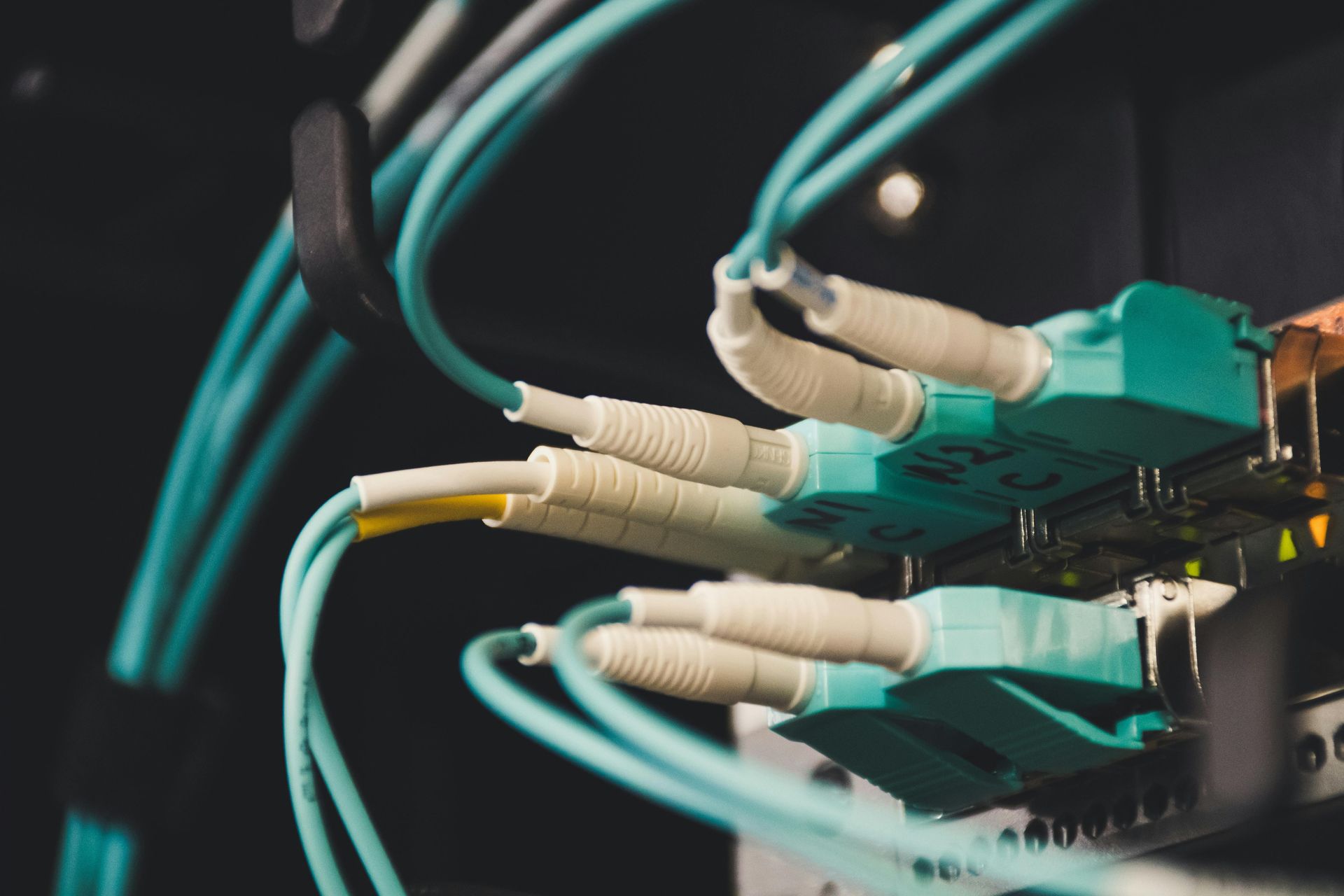
Broadband Coverage in Charlotte: Which Areas Have the Best and Worst Connectivity?
Internet access isn't equal across Charlotte. Some neighborhoods enjoy lightning-fast speeds while others struggle to maintain basic connections. Understanding this digital divide is crucial for residents and businesses alike.
The best connected areas in Charlotte are Uptown, South End, and Ballantyne, where multiple providers offer fiber options with speeds exceeding 1 Gbps. The worst connected areas include parts of West Charlotte, some rural outskirts, and older neighborhoods with outdated infrastructure.
Whether you're moving to a new neighborhood or trying to improve your current connection, this guide will help you navigate Charlotte's broadband landscape and find the best solutions for your needs.
Charlotte's Digital Divide: Understanding the Broadband Landscape
Current State of Broadband in Charlotte
Charlotte has made significant progress in expanding broadband access across the city, with approximately 95% of residents having access to at least one broadband provider. However, the quality and reliability of these connections vary dramatically by neighborhood.
Major providers serving the Charlotte area include:
- Spectrum
- AT&T
- Google Fiber
- T-Mobile Home Internet
- Verizon Fios
Average speeds across the city range from 25 Mbps in underserved areas to over 1 Gbps in premium service zones. The citywide average download speed is approximately 200 Mbps.
Charlotte's Best-Connected Neighborhoods
The following areas consistently rank highest for broadband coverage, speeds, and provider options:
Uptown/Center City
- Average speeds: 500 Mbps - 2 Gbps
- Number of providers: 5+
- Fiber availability: Extensive
- Key advantage: Business-class infrastructure throughout
South End
- Average speeds: 400 Mbps - 1 Gbps
- Number of providers: 4-5
- Fiber availability: Very good
- Key advantage: Tech-focused development with modern infrastructure
Ballantyne
- Average speeds: 300 Mbps - 1 Gbps
- Number of providers: 3-4
- Fiber availability: Good
- Key advantage: Newer construction with built-in connectivity
University Area
- Average speeds: 200 Mbps - 1 Gbps
- Number of providers: 3-4
- Fiber availability: Moderate to good
- Key advantage: Academic-driven infrastructure improvements
Charlotte's Underserved Broadband Areas
Several areas face significant challenges with reliable broadband access:
West Charlotte
- Average speeds: 25-100 Mbps
- Number of providers: 1-2
- Fiber availability: Limited
- Key challenge: Aging infrastructure and lower investment
Rural Outskirts
- Average speeds: 10-50 Mbps
- Number of providers: 1-2
- Fiber availability: Rare
- Key challenge: Distance from central infrastructure
Older Neighborhoods
- Average speeds: 50-150 Mbps
- Number of providers: 2-3
- Fiber availability: Spotty
- Key challenge: Legacy wiring unsuitable for modern needs
Factors Affecting Broadband Quality in Charlotte
Infrastructure Age and Type
The age of a neighborhood directly impacts broadband quality. New developments typically have the latest fiber-optic lines built into their infrastructure, while older neighborhoods often rely on outdated copper lines that limit speeds and reliability.
Many apartment complexes built before 2010 have particularly challenging connectivity issues due to outdated interior cabling that creates bottlenecks even when external connections are strong.
Economic Investment
Areas with higher property values have historically received more investment from internet service providers. This has created a cycle where wealthy neighborhoods continually receive infrastructure upgrades, while less affluent areas fall further behind.
Some neighborhoods in West and North Charlotte have seen minimal infrastructure improvements since the early 2000s, resulting in significantly slower and less reliable connections.
Population Density
Urban density plays a key role in provider decisions about where to invest in new infrastructure. Higher-density areas offer more customers per mile of cable laid, making them more profitable for providers to serve.
Rural areas on Charlotte's outskirts face the double challenge of distance from central infrastructure and fewer customers to justify expansion costs.
Improving Your Charlotte Home's Broadband Connection
Understanding Your Current Service
Before making changes, test your current connection using reliable speed test tools like Speedtest.net or Fast.com. Run tests at different times of day to identify patterns in service quality.
Keep a log of outages or significant slowdowns to help identify whether problems are consistent or intermittent. This information will be valuable when discussing options with providers.
Exploring Available Providers in Your Area
Use the FCC's broadband map (broadbandmap.fcc.gov) or provider-specific tools to check exactly which services are available at your address. Don't rely solely on general coverage maps, as service can vary even within a single neighborhood.
If you live in an apartment or condo, talk with your property management about any exclusive provider agreements that may limit your options.
Solutions for Underserved Areas
If you're in an area with limited options:
- Fixed wireless solutions can provide reliable service in areas where wired infrastructure is limited
- Cellular hotspots from major carriers may offer viable temporary options
- Satellite internet has improved significantly with services like Starlink offering faster speeds than previous satellite options
- Community broadband initiatives are growing in some Charlotte neighborhoods
When to Consider Professional Help
For complex connectivity issues, professional assessment and installation can make a significant difference. Consider expert help when:
- You need multiple connection points throughout a large home
- Your building has older wiring that may need upgrading
- You require specialized business connectivity
- DIY solutions haven't resolved persistent connectivity issues
Future of Broadband in Charlotte
City Initiatives and Investments
Charlotte's Digital Inclusion Project aims to bring reliable broadband to all neighborhoods by 2027. The city has allocated $15 million for infrastructure improvements in underserved areas.
Public-private partnerships have already begun expanding fiber networks in West Charlotte, with completion expected for initial phases by late 2025.
Emerging Technologies
Several technologies are poised to reshape Charlotte's connectivity landscape:
- 5G home internet is expanding rapidly across the city
- Low-orbit satellite options like Starlink are becoming more widely available
- Neighborhood mesh networks are providing community-driven solutions
Advocating for Better Connectivity
Residents can help improve broadband access by:
- Attending city council meetings where infrastructure decisions are discussed
- Participating in neighborhood association technology committees
- Reporting coverage and service issues to both providers and local government
- Supporting community broadband initiatives
Take Action: Improve Your Charlotte Home's Connectivity Today
Tired of buffering videos and dropped Zoom calls? It's time to take control of your internet experience. Whether you're in Charlotte's best-connected neighborhoods or struggling in an underserved area, professional help can make all the difference.
American Broadband Networks specializes in solving Charlotte's unique connectivity challenges. From interior cabling for apartment complexes to fiber optic installation and WiFi management, their local experts understand Charlotte's infrastructure inside and out.
Don't let poor connectivity hold you back. Contact American Broadband Networks today for a free consultation and join the thousands of Charlotte residents who've already upgraded to the reliable, high-speed internet they deserve.
